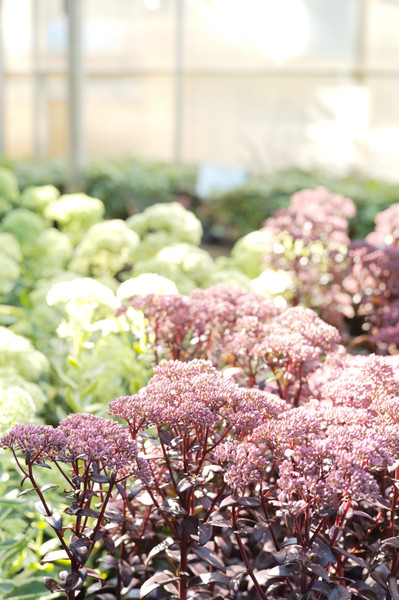Late Summer in the Garden Checklist
Posted by Jessie Jacobson on Aug 24th 2023
Late Summer in the Garden Checklist
Don’t worry, summer isn’t over yet (being careful not to say the F-word, as in Fall), and there is so much excitement ahead as we move towards the change of seasons . Here is your late summer, and in no particular order, garden checklist!
Reflect on the season
Take time to reflect on the season (with your favorite beverage of course!) Did your garden offer all season color? Look at what’s blooming (or not blooming) right now and think about adding late summer blooming perennials to your garden beds. Our favorites include coneflowers, rudbeckia, sedum, eupatorium, ornamental grasses, and chelone. Check out our planting for Continuous Color chart for early, mid, and late season bloomers in the garden to keep things colorful throughout the year!
Make room for spring flowering bulbs
Make room to plant spring flowering bulbs this fall. If you are clearing space in the garden or making space for a new garden, now is the time to prepare your beds for bulbs. Get started by working the soil and adding Purple Cow Activated Compost. We recommend 1 cubic foot of compost per 10 square feet of garden. Read more about Planting Spring Flowering Bulbs in the Fall on the blog, and also watch our how-to video here! Spring Flowering bulbs arrive the week arrive right after Labor Day!
Cut-back and divide perennials
Cut-back and divide spring and early summer blooming perennials. Now is the perfect time to dig in and do some garden maintenance. Dividing plants reinvigorates perennials in the garden and also makes more! Perennials to consider dividing now include peonies, iris, daylilies, salvia, alliums, hostas, ferns, and many more. We have two video resources to show you how! Check out Transplanting Perennials and How to Split Perennials for all the best information.
Keep watering until the first hard frost
Water, water, water! Make sure to keep watering your perennials, tress, and shrubs all the way through summer, fall, and even until our first hard frost. This is especially important for plants that you planted this season and will help ensure winter survival.
Patch the lawn
Re-seed or overseed your lawn. Late summer and fall is the best time to overseed your lawn. Insider tip – spread a bit of Tonka Terra, our in-house potting mix, down after you prepare your site. It’s full of all kinds of good nutrients and organic matter that will get your grass greener than the other side of the fence. For new plantings or for patching larger areas, consider native grasses or even a bee lawn. The grass varieties chosen for these blends support pollinators and our local ecosystems. Native grass requires far less inputs such as mowing and watering. We love the water wise mixes we from Twin City Seed Company! Read about Sustainable Lawnscaping here!
There you have it folks. Get out there and enjoy these cool late-summer mornings and glorious evenings in the garden. It’s so worth it!

